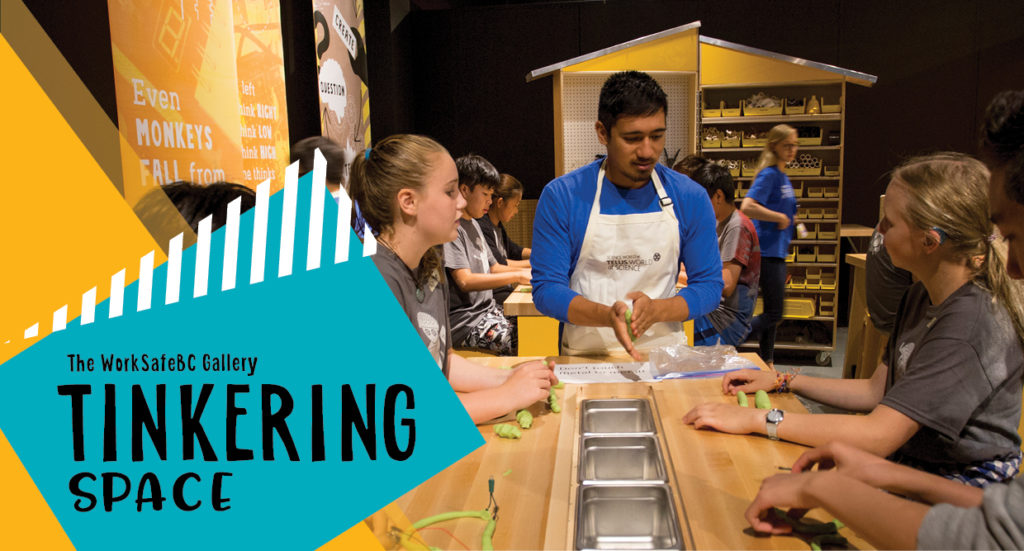You need three things in order to make a complete circuit:
- a conductor (e.g. wire)
- a power source (e.g. wall outlet or battery)
- a resistor (e.g. light bulb or motor).
The conductor runs a circular path from the power source, through the resistor, and back to the power source. The power source moves the existing electrons in the conductor around the circuit. This is called a current. Electrons move through a wire from the negative end to the positive end. The resistor uses the energy of the electrons around the wire and slows down the flow of electrons.
A battery is one way to generate electric current. Inside the battery, chemical reactions take place. One reaction (at the negative end of the battery) creates loose electrons; the other (at the positive end) uses them up. To recharge the battery, the chemical reactions must be reversed to move the electrons in the opposite direction.
In this activity:
- students are the electrons
- energy provided by the battery is represented by smarties.
- current is the amount of charge (electrons) moving in the circuit per unit time, measured in amperes.
In order to increase the electrical current, we must speed up the movement of electrons; we do this in the model by adding extra energy in the form of extra smarties.
Students will feel warmer as they speed up, which mimics what takes place along a wire in a real circuit. This physical reaction can be used to build in a safety feature in a circuit: if there is a sudden surge of charge and the wire heats up to a certain temperature, a wire could melt, stopping the current. This is basically how a fuse works.
A fuse uses a metal wire that melts at a certain temperature, corresponding to the pre-determined limit for the circuit.



